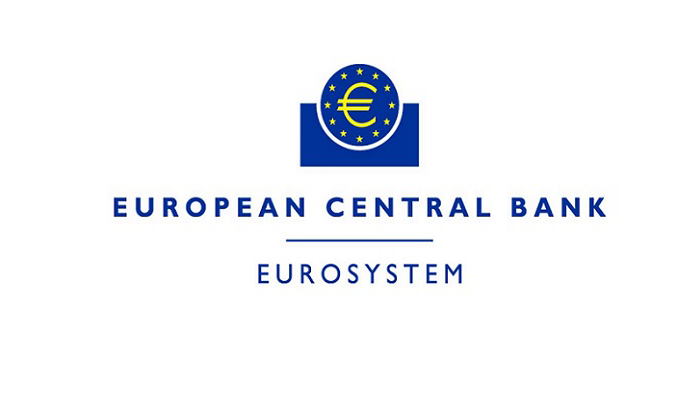European Central Bank Releases CBDC Research
"From July 2022 to February 2023 the European Central Bank (ECB) conducted a prototyping exercise to test how design choices for the digital euro could be technically implemented and integrated into the existing European payments landscape."

- "For the back-end prototype, the Eurosystem developed a centralised settlement engine (N€XT), based on an unspent transaction output (UTXO) data model commonly used for transactions with digital currencies."
- "The tests showed that this model allows for fast and efficient validation of transactions. This system proved capable of supporting different types of transaction, while protecting users’ privacy by not revealing their payment patterns or account balances to the Eurosystem."
"In parallel, market participants successfully implemented and tested five payment scenarios, while also experimenting with innovative approaches, such as selfcustody wallets, which could potentially allow for more privacy – pending legislative developments."
- "The prototyping exercise included offline payments, which operate with no need for network connectivity or the availability of any third party when the payer and payee interact, even for consecutive payments."
- "Questions remain as to whether the existing technology is capable of delivering, in the short to medium term (five to seven years), a production-ready and secure offline solution in line with the Eurosystem’s requirements and on the scale foreseen for the digital euro."
"As the purpose of the exercise was to learn, the resulting prototypes were used as research tools and not as a basis for developing future payment solutions."
- "The API specifications do not prejudge possible alternative designs, nor will the specific choices made for the prototypes affect any decision relating to a specific technology or functionality for the final digital euro design."




